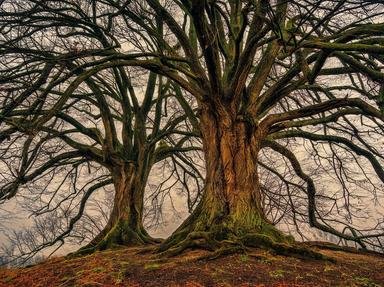Quiz Answer Key and Fun Facts
1. This four-hour blockbuster was the highest-grossing film of 1963, yet failed to recover its production costs. Winner of four Academy awards, it is probably better remembered for the off-set romance between two of its stars. Which historical everlong epic is this?
2. This five-and-a-half-hour Russian feature was based on the first book in a trilogy by Mikhail Sholokhov, about the life of Cossacks around the time of World War I. Which 1958 everlong feature is this?
3. At five-and-a-half hours, this 1968 black-and-white documentary on the life of a significant figure in India's struggle for independence had plenty of time to show us his search for truth. Who was the subject of this everlong biography?
4. This everlong 1989 film was produced to celebrate the 200th anniversary of the revolution that it commemorated. What was its title?
5. The novels of Charles Dickens have been adapted for film many times. Which 1988 everlong film tells the story of a man who returns home, after spending a number of years working abroad, only to become entangled in the problems of his mother's seamstress and her father?
6. An everlong silent French film from 1927 chronicles the rise of one of the most important figures in modern European history. It was planned as the first of six films to recount the entire life of which European military leader?
7. Peter Watkins directed a number of political docudramas. Perhaps the most successful was "The War Game" (48 minutes long), looking at the possible after-effects of nuclear war on Great Britain. At the other end of the length spectrum is which everlong 1987 documentary that runs for 14.5 hours?
8. Ingmar Bergman intended this 1982 film to be his last feature. Which everlong film (312 minutes, over five hours, running time) tells the story of a Swedish brother and sister whose lives changes dramatically after their theatrical father's early death, and their mother's subsequent remarriage to a stern bishop?
9. It's not surprising that Leo Tolstoy's epic novel should produce an everlong film - it takes time to show Napoleon's invasion of Russia and its impact on the lives of five aristocratic Russian families. Which novel has had a number of film versions, including a 1968 version that ran for over eight hours?
10. Victor Hugo's novel, about the struggles of ex-convict Jean Valjean and the people with whom his life becomes involved during the early 19th century, has been adapted for stage and screen many times. The 1934 film ran for five hours and the 1923 one managed six. Which classic produced these everlong adaptations?
Source: Author
looney_tunes
This quiz was reviewed by FunTrivia editor
skunkee before going online.
Any errors found in FunTrivia content are routinely corrected through our feedback system.

